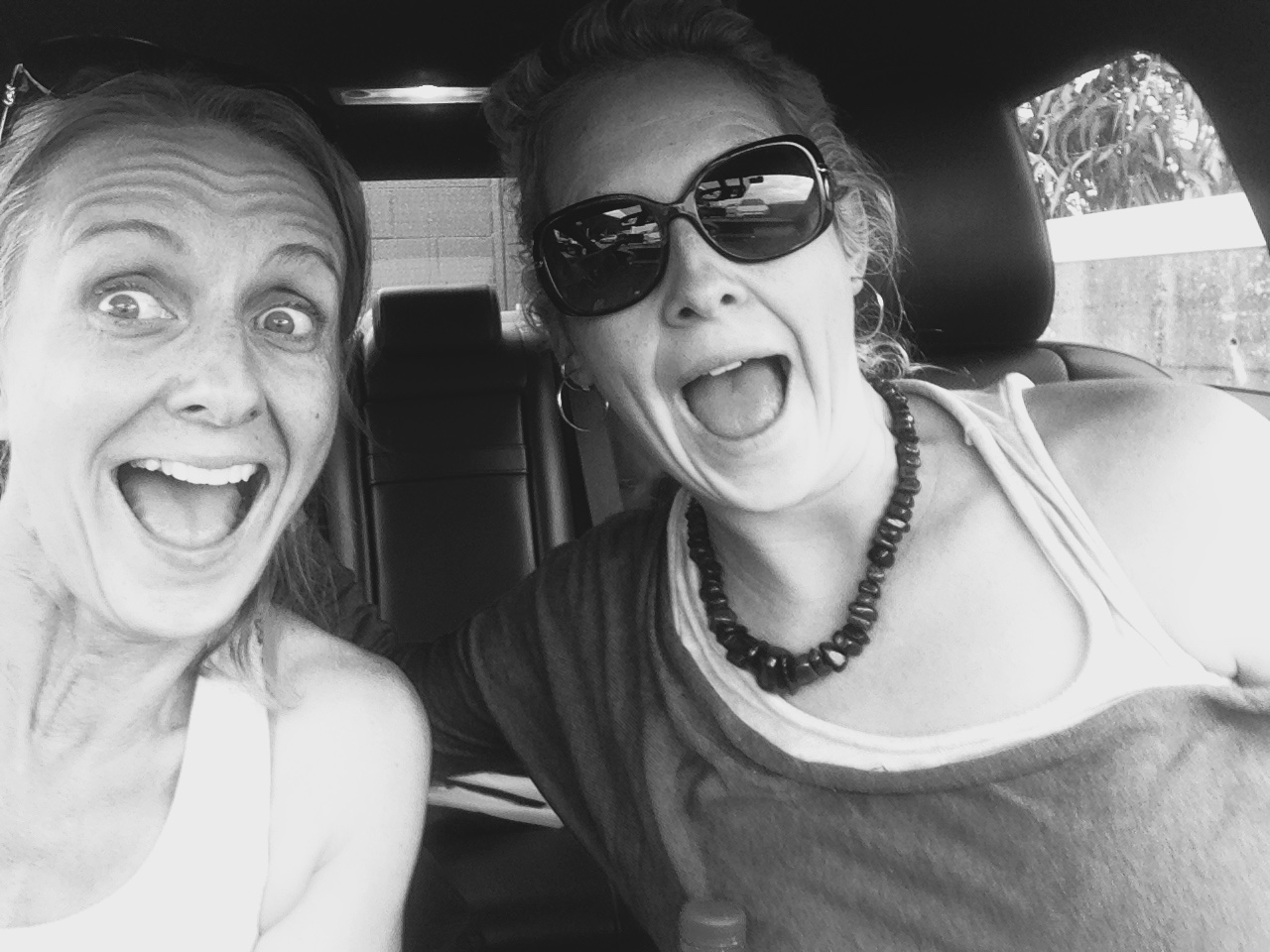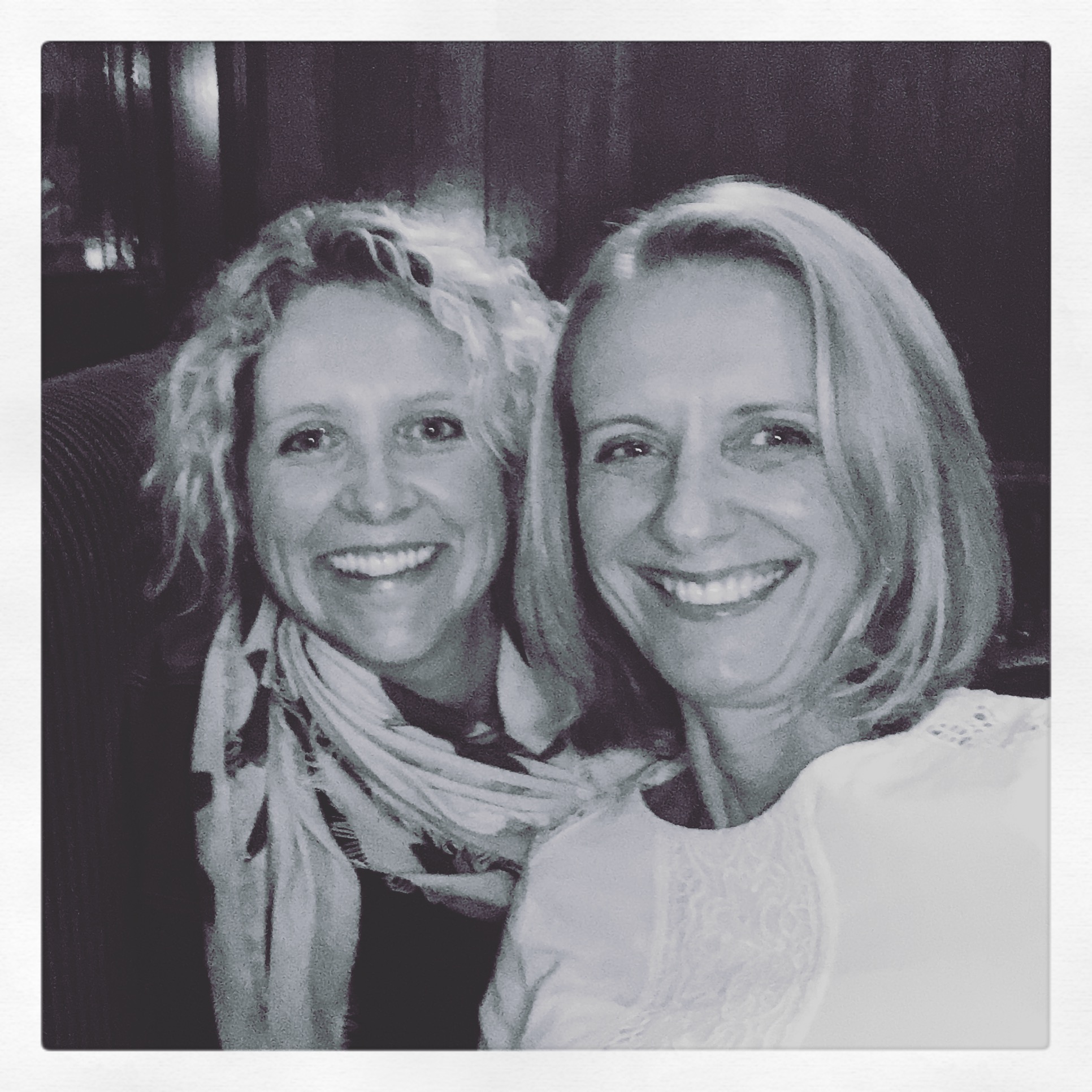Fresh year, fresh faces, fresh ideas.
Off the back of the Inside Quest Simon Sinek interview that’s making its way around the internet (worth your time if you haven’t seen it yet), combined with the new year and all the promise it holds, there is an ongoing opportunity for a business to take a look at itself and see what’s possible.
We have the foundation to build great things - a blank space for future creations
Based on ThinkHowe data from Australian employers - we can tell you the following:
- Disengaged employees occur at all ages
- Disengaged employees have a higher risk of injury and sick leave
- Resilience education is ranked highly as an area to address within the workplace
- Meaningful communication in all formats (written, electronic, spoken) is becoming increasingly difficult to navigate, thus gaps within the workplace are expanding
None of these things are revolutionary news to those who are seeking to solve the recurrent issues within their workplace. More and more data is being discussed by researchers like Simon, who drill down into why the current landscape has these psycho-social ‘potholes’. Business currently exists in a time where evidence based research tells us that creating an engaged work culture founded on strong leadership leads to increased productivity. There are endless research papers on burn-out, engagement, resilience, mental health, ROI metrics, accountability, leadership, management strategies, empowerment, etc etc (I know this, I've spent a lot of time in the databases of several universities). The research is there. The challenge is in being able to step up and collectively work on it. For a company to access sustained opportunities for engagement with the employees getting to the root of the issue to address how it's manifesting within the business is really step one. This is a big step, it means acknowledging that things could be done differently, potentially better, and that this hasn't been addressed previously. Before growth there must be vulnerability, uncertainty, and a strong desire to truly see what the current situation is.
Step one:
Start with your people.
From an objective and evidence based view, finding out what values are held by the employees and how they see them being expressed in their work life is a nice starting point. Moving on to how they see the company's values being demonstrated through actions internally and externally is another nice insight, potentially leading to new ideas, which may present as an opportunity for how the business can re-commence or continue to foster the relationship between the employee and business. These are some qualitative questions that are just as important as the quantitative data that makes up the bottom line. By matching the the company’s values and linking them back to the individual need to feel like a contributor, there is an opportunity to support and facilitate personal values into something greater through policy and procedural expectations within a business line. These key points highlight the beginnings of a longer and deeper conversation can be difficult or challenging to initiate.
Step two:
ThinkHowe
Sustainable change to build better workplaces is why we exist. It is our ‘why’. Through gathering specific data and asking the right questions in the right format, we support employers to see things in a new way to create innovation that is sustainable.
How does this magic happen you may ask?
ThinkHowe - creating bridges between knowledge and action
Step three:
An Age Impact Analysis.
In a time where the filter of ‘age’ can produce a large gap between ‘accepted’ and anticipated social skills, communication styles, the meaning of ‘work’ to the individual; it is invaluable to pause and see what’s happening within your business and develop action points around it.
How much impact can be had with the asking of questions and listening to the answers? That’s step one. Step two is to implement them in a manner that is considered and effective. Step two can never happen in sustainable manner if step one isn’t addressed wholly and completely.
Can I say it again?
Age Impact Analysis.
Call/Email/InstagramDM/Facebook/LinkedIn/CarrierPigeon us - we are here to build better businesses. We do the hard stuff in a fun manner.
You’ll like it. Promise.





















